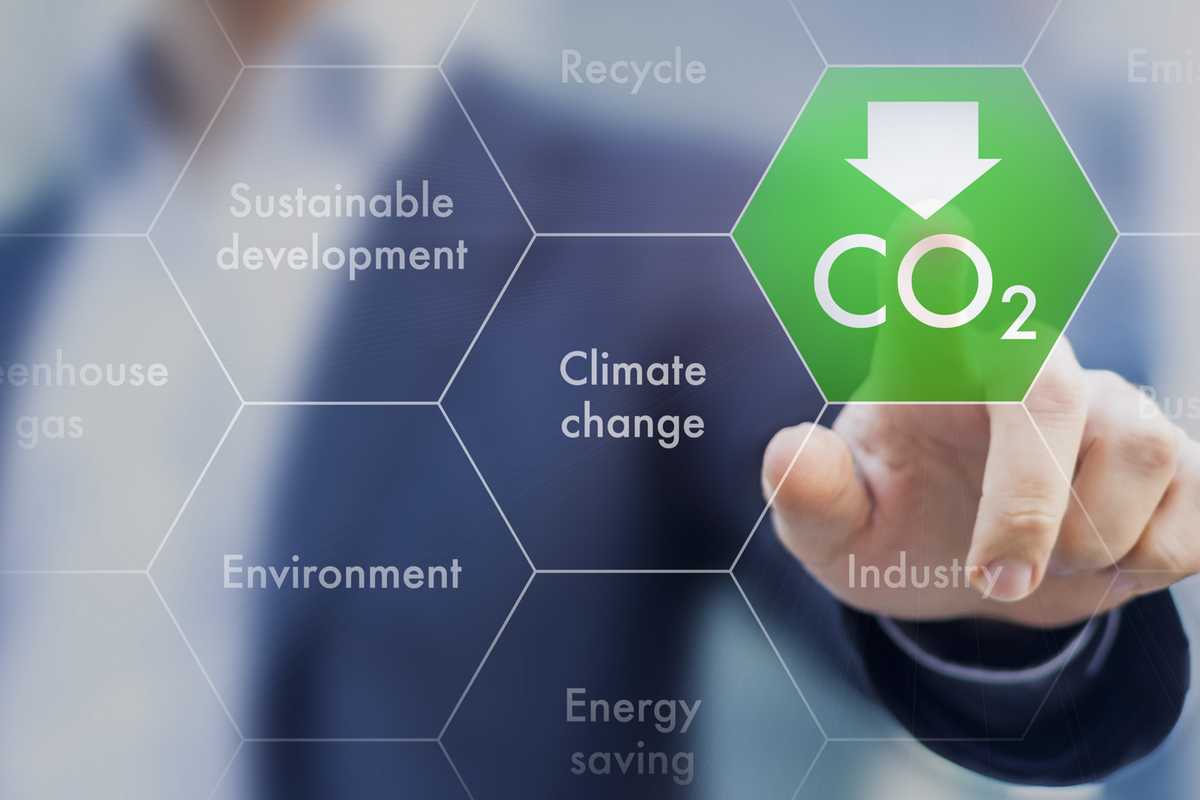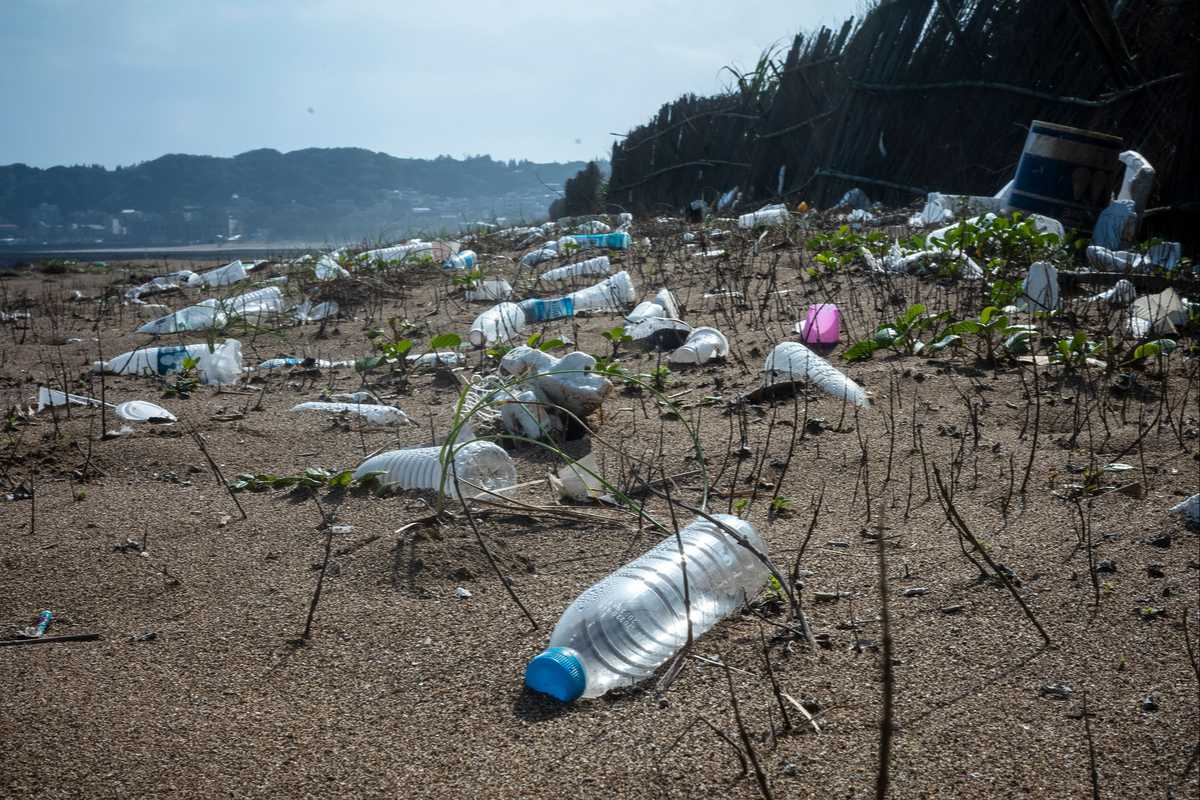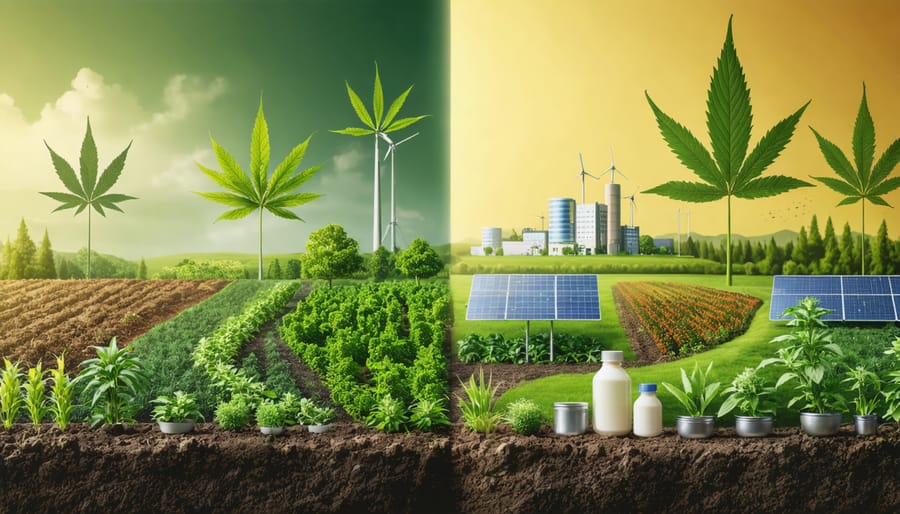As climate change continues to pose significant challenges worldwide, Canada is actively stepping up its game through substantial energy initiatives. These efforts not only focus on reducing carbon emissions but also on building a resilient, sustainable energy infrastructure. Here, we explore three major initiatives that underline Canada’s commitment to addressing global warming while promoting clean energy solutions.
1. Carbon Pricing: Leading by Economic Incentive
One of the cornerstone policies of Canada’s climate strategy is its carbon pricing system. Implemented nationwide, this policy mandates a price on carbon emissions, providing a financial incentive for businesses and consumers to reduce their carbon footprint. The system works under a “polluter pays” principle, aiming to make more environmentally damaging practices financially less attractive and promoting greener alternatives.
The federal carbon pricing backstop is particularly notable. It sets a minimum pricing standard that provinces must meet or exceed in their local carbon pricing plans. This ensures a uniform baseline across the country, while still allowing provincial governments the flexibility to tailor their approaches. The revenue generated from this initiative is used to fund renewable energy projects, provide rebates to citizens, and support businesses transitioning to green technologies, thereby fueling a cycle of sustainable development.
2. The Clean Fuel Standard (CFS)
The Clean Fuel Standard is another ambitious initiative by the Canadian government, designed to decrease the carbon intensity of fuels used across the country. Set to fully come into effect by the mid-2020s, the CFS requires fuel producers and distributors to gradually reduce the carbon content of their products. This can be achieved through various means, such as blending biofuels, transitioning to hydrogen, or implementing carbon capture and storage technologies.
This standard is expected to cut greenhouse gas emissions significantly, further supporting Canada’s target under the Paris Agreement. The CFS is not only about reducing emissions but also about stimulating the domestic market for low-carbon fuels and clean technology, thus promoting innovation in the energy sector.
3. Investing in Renewable Energy and Infrastructure
Recognizing the need to transition away from fossil fuels, Canada has been making considerable investments in renewable energy projects and infrastructure. One of the most ambitious is the expansion of hydroelectric power capabilities, particularly in provinces like British Columbia, Manitoba, and Quebec, which benefit from Canada’s vast freshwater resources.
Additionally, the federal government has launched initiatives to support the development of small-scale renewable projects in Indigenous communities, rural areas, and Northern territories. These projects often focus on solar and wind energy solutions, enabling more remote communities to become energy-independent and reducing their reliance on diesel generators, which are both costly and environmentally detrimental.
The Path Forward
Canada’s proactive stance on climate change and sustainable energy is setting a strong example on the global stage. Carbon pricing, the Clean Fuel Standard, and significant investments in renewable energy reflect a comprehensive approach to environmental stewardship and economic transformation.
Looking ahead, Canada’s ongoing efforts will need to be supported by robust policy enforcement, continual adaptation of technologies, and active participation from all sectors of society. As the world moves towards a greener future, Canada’s energy initiatives not only contribute to combating climate change but also bolster the country’s economic resilience, paving the way for a sustainable, low-carbon future.




